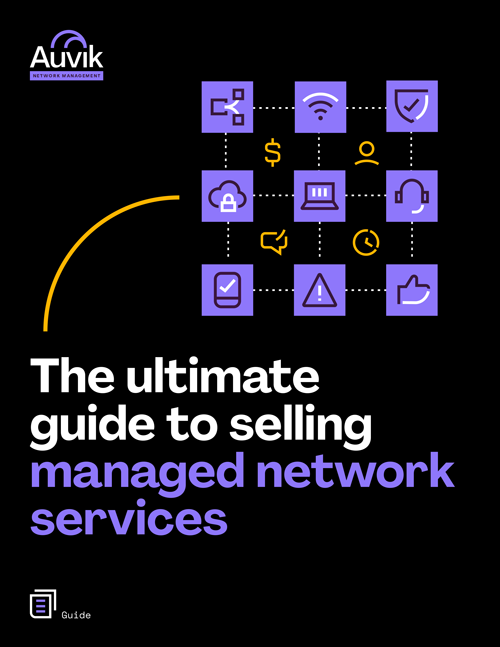As COVID-19 cases began to rise around the world in March 2020, governments and businesses had no choice but to take extraordinary measures to flatten the curve. As an IT leader, you were likely tasked with it pandemic planning—helping entire companies transition to remote work all at once.
Cubicles were replaced by home offices. Face-to-face meetings were replaced by video calls. Work performance was measured by tasks completed instead of hours worked. Digital connectivity became more important than ever before.
Now, you have to help those same companies look to the future and adapt to the new normal. But what is the new normal? And how can you plan for it?
During the first session of our three-part planning series called Tackle 2021, experts from Info-Tech Research Group weighed in on what to expect in a post-pandemic world. Here’s what they had to say.
The four pillars of the “new normal”
The pandemic poked holes in many of the things we thought to be true about the way we work and the effectiveness of the technology we use every day.
Many of the lessons we’ve learned have reshaped what work will look like in the weeks and months ahead. Info-Tech categorizes those changes into four pillars.

Pillar 1: Changing paradigms for work
The pandemic forced companies who were previously resistant to remote work to adopt it. Before COVID-19, companies predicted that remote work would create a drastic drop in employee productivity.
But the dropoff never happened and companies quickly saw the benefits of remote work—in-office costs were reduced, commuting time was completely cut from everyone’s daily routine, and employees had more flexibility to get the job done.
Now, companies are more open than ever to the idea of flexible work arrangements where employees can work from anywhere they want‚ whether it’s at home or in the office. Many will look to transition to this approach full-time after the pandemic.
As a result, prepare to make flexible work arrangements a key part of your post-COVID plan. This includes more than just provisioning productivity and collaboration applications—you’ll also need to provide remote access to tools like CRM suites and HR systems, and beef up wireless access in the office to accommodate more video conferencing.
Pillar 2: New product creation and distribution models
With many offices and businesses being closed for weeks or months during the pandemic, companies who needed their customers to be physically present are now looking to deliver their products and experiences online.
Just think about all the sports and events companies who have had to pivot to digital platforms and adopt streaming video, mobile apps, e-commerce, and live chats on the fly.
In the new normal, IT teams should proactively work with their companies or clients to determine what’s required, set up and administer pilots, and report on their success. Once a pilot succeeds, IT must have the policies, practices, and procedures in place to scale it rapidly.
Pillar 3: More self-service options for customers
No one likes being on hold for hours on end, but that’s exactly what’s happening to customers and clients at this very moment. In a world where everything went online in an instant, existing customer service channels couldn’t cope with the influx of requests.
In the new normal, online self-service options are critical. Allowing customers to help themselves—say, by changing a flight online versus calling an agent—will not only improve customer satisfaction since they’re no longer stuck on hold, but it’ll also be cheaper than having to handle every single inquiry over the phone.
IT must work with customer service departments to make sure they have the right tools— including ticketing and triage systems—and platforms for service knowledge management, self-service centers, and live chats.
Pillar 4: Greater organizational decentralization
The pandemic also forced companies to rethink their previously centralized control structures—think about international companies where HQs make all of the decisions for all of their offices.
During the pandemic, rules and regulations like mandatory remote work and rolling lockdowns varied from country to country and even city to city, and local company leaders were more involved in making decisions. As a result, companies had to decentralize their decision-making processes and move accountability closer to the edge.
To continue to empower employees post-pandemic, IT can look at deploying tools that facilitate distributed and decentralized decision-making, like enterprise collaboration platforms, online voting tools, and more.
Preparing for the new normal as an IT leader
As an IT leader, you’ll play a critical role in upholding all four pillars for your company, and each pillar will look different for everyone given the nature of their business. If you don’t know where to start, don’t worry. These three steps will help you put your best foot forward.

1) Brainstorm how your company will be affected
To chart your company’s path forward in the new normal, hold a strategy review and update session. Given the nature of the pandemic, aim to get your review session on the calendar in the next two to three months.
To prepare, start thinking about how your team and company as a whole were affected by the pandemic. Did you end users struggle to transition to remote work? Were you inundated by complaints that existing tools didn’t work as well as they did in an office setting? Did a technology you adopted on the fly work even better than you thought it would?
Then, start thinking about what you know the future has in store. Did your company commit to a full-time flexible work arrangement? Will end users work from home forever? Or will they all make their way back to the office all at once? Once you’ve answered these questions, you can begin pursuing new technologies and updating processes to make the transition as smooth as possible.
2) Prioritize initiatives & look for quick wins
Next, determine the priority of each of the initiatives you decide to take on by asking yourself two questions: First, how much value will they provide? Second, how difficult will they be to execute?
In the beginning, focus on the quick wins. Be willing to conduct pilot projects, fail fast, and scale successful initiatives rapidly. Don’t be bound by traditional IT project timelines or be scared of risk.
3) Create a strategic initiatives roadmap to support IT pandemic planning
Once you’ve prioritized your initiatives, you’ll want to create a roadmap and determine which resources you’ll need to get the job done. Determine where you can poach resources from existing initiatives to help you deliver on the initiatives on your “new normal” roadmap.
Ready to see how Auvik can supercharge your remote and hybrid network monitoring and management?
Your Guide to Selling Managed Network Services
Get templates for network assessment reports, presentations, pricing & more—designed just for MSPs.






